Are you ready to make simple, easily achievable swaps for a healthier you? If so, Non Toxic Living 101 is your crash course in detoxifying the world around you.
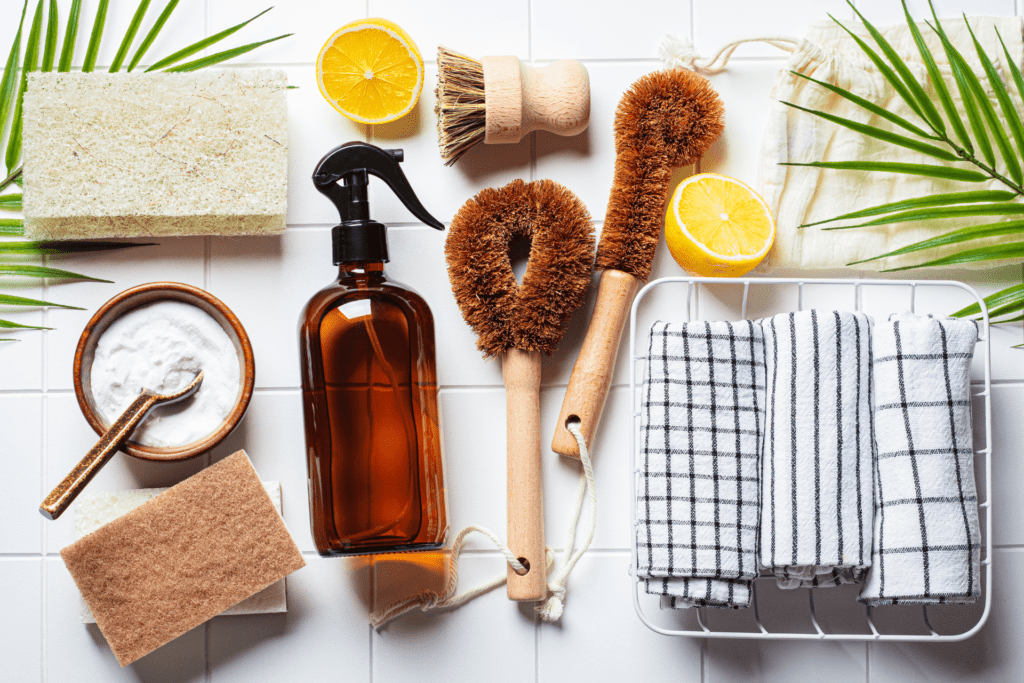
I’ve been living a toxin-free lifestyle for over 20 years now, and let me tell you, the benefits have been incredible. I can’t emphasize enough how important it is for women over 50 to pay special attention to non-toxic living.
Trust me—it’s been a game-changer for my overall health and well-being, and with little changes over time, it can be a game-changer for you, too.
In this post, I’ll share some of my favorite ways to reduce exposure to harmful chemicals found in everyday household items by making small changes that add up.
I’ll even share some of the science that backs these claims up!
What Does Non-Toxic Living Mean?
From cleaning supplies and food to personal care items, most people expose themselves to thousands of toxic chemicals on a daily basis. Non-toxic living is all about consciously making choices that minimize exposure to harmful chemicals in everyday products, lowering your body’s overall toxic load.
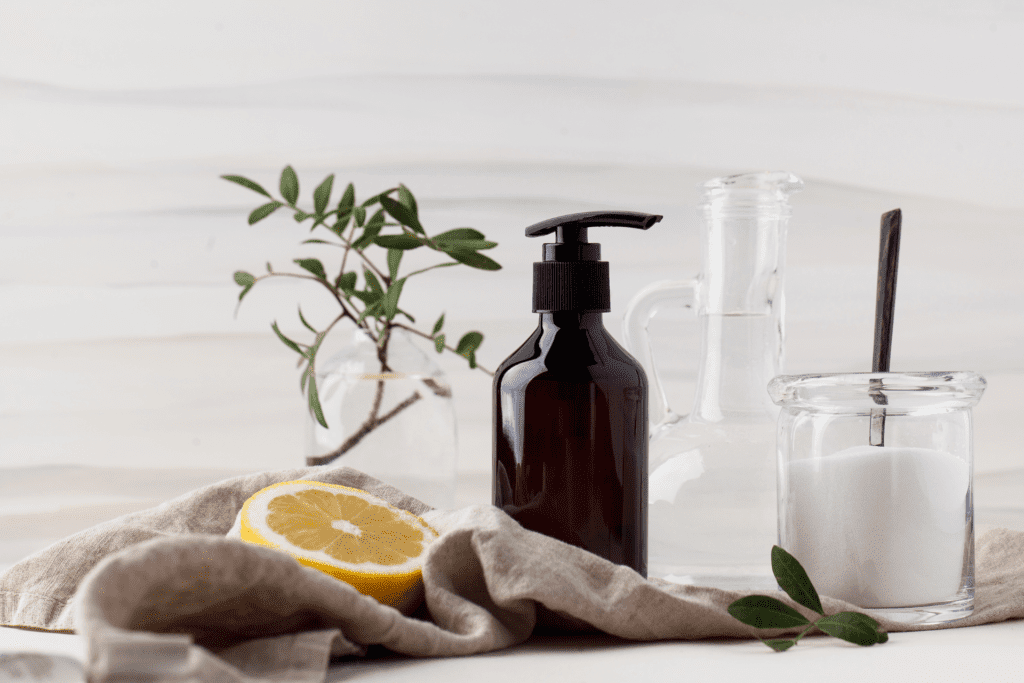
Benefits Of Non-Toxic Living & Household Detoxification
A non-toxic lifestyle holds tremendous value for everyone—but especially for the unique needs of women over 50.
Here’s what you can look forward to once you jump on the non-toxic lifestyle train:
Improved appearance (and possibly longevity)
Conventional beauty products often contain harsh ingredients that can contribute to skin issues such as dryness, irritation, and premature aging. Some “anti-aging” creams and serums even contain ingredients linked to breast cancer—come on, ladies, do you really want to rub teflon on your face?
Opting for non-toxic alternatives are healthier and ultimately result in a clearer, more vibrant complexion.
Then there’s the hormones.
National Institute of Environmental Health Sciences states, “Hormones act in extremely small amounts, and minor disruptions in those levels may cause significant…effects.”
Hormones play a significant role in maintaining youthful complexions. Hormonal changes are natural during menopause, and they can affect the skin’s appearance. Toxins, such as certain chemicals in household cleaners, personal care products, and even plastics, can act as endocrine disruptors.
These substances interfere with the normal functioning of hormones, potentially causing imbalances. By minimizing exposure to such toxins, we reduce the risk of hormonal disruptions, helping to maintain a healthier complexion.

Increased energy
Reducing exposure to toxic substances in household cleaning supplies, indoor air pollutants, and certain foods can fortify your immune system and overall health. Women who embrace a non-toxic lifestyle often report heightened energy, diminished fatigue, and an overall sense of vibrancy.
Admittedly, this is likely because people living non-toxic lifestyles tend to swap sugary junk foods and excess alcohol consumption for organic plant-based diets and a decent amount of exercise.
But who knows—if chemicals can impact your endocrine system and cause cancer, I’m willing to bet they can hamper your metabolism, too (your endocrine system and thyroid do regulate your metabolism, after all).
Mental clarity
Exposure to the thousands of toxic chemicals found in everyday products has been linked to cognitive decline and even depression. Through intentional decision-making and the selection of non-toxic alternatives, women over 50 can proactively support their brain health, resulting in sharper thinking, enhanced focus, and an overall uplifted mental well-being.
Is There Any Science To Support Non-Toxic Living?
Non-toxic living isn’t just a trendy lifestyle choice; it’s supported by scientific research that highlights the potential benefits of minimizing exposure to harmful chemicals.
Numerous studies have explored the impact of environmental toxins on your health, leading to a growing body of evidence that supports the principles of non-toxic living.
Environmental lifestyle and gene expression
Research has shown that your environment, including the products you use and the pollutants you encounter, can influence gene expression. For instance, one study found that even living within 2.5 miles of chemical farming increased the likelihood that children developed birth defects and central nervous system tumors.
Certain chemicals found in everyday products have been linked to changes in gene expression as well. Adopting a non-toxic lifestyle helps reduce your exposure to these potentially harmful substances and promotes positive gene expression patterns that support your overall health and well-being.
Endocrine disruptors
Endocrine disruptors are chemicals that can interfere with your hormonal system, leading to a range of potential health issues. These substances are commonly found in household products, personal care products, and even certain foods (like the dirty dozen, more on that soon).
Scientific studies have linked exposure to endocrine disruptors with reproductive disorders, developmental problems, and disruptions in hormonal balance. Choosing non-toxic alternatives and minimizing exposure to these chemicals protects your endocrine system and reduces the associated health risks.
Most Common Places Toxic Chemicals Hide In Your Home
Your kitchen.
Pesticide residues, artificial additives, and preservatives may lurk in fruits, vegetables, packaged foods, and even frozen meals.
First, there’s the Dirty Dozen, which refers to a list of fruits and vegetables that tend to have higher pesticide residue levels. When you have to buy these, consider opting for organic alternatives when possible.
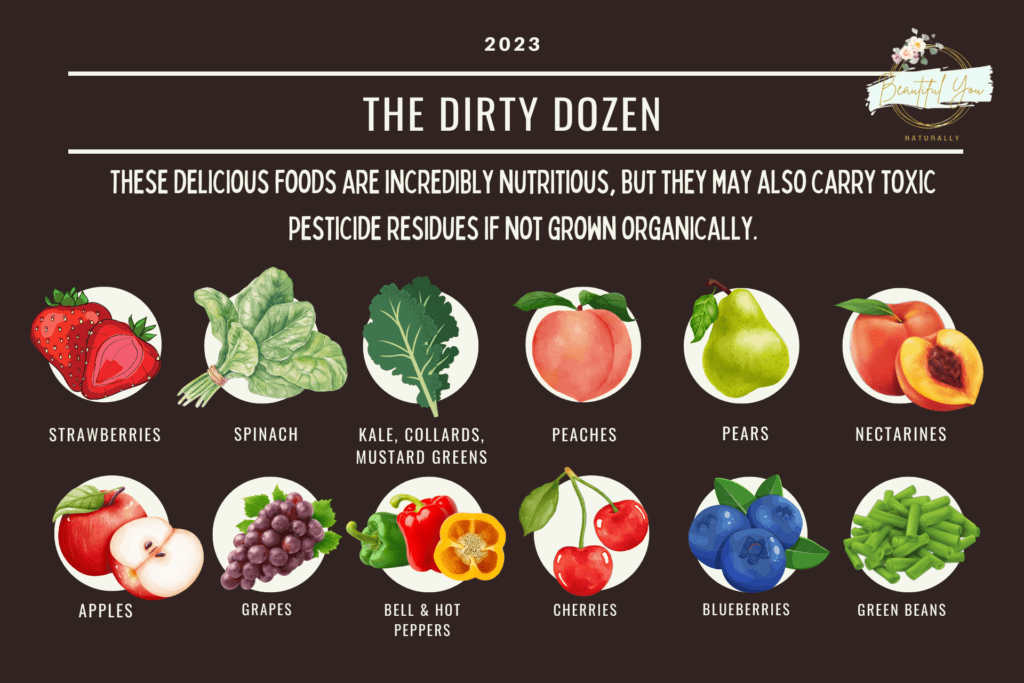
Then there are processed and packaged foods.
These often contain artificial colors, flavors, preservatives, and unhealthy additives. Frozen meals, snacks, and processed meats can harbor harmful chemicals such as sodium nitrite and artificial trans fats, which have been linked to severe health concerns.
On to tap water.
Tap water can contain contaminants like chlorine, heavy metals, and pesticides. If your water supply is not adequately filtered or treated, these substances can find their way into your drinking and cooking water.
Finally, there are plastic food containers and water bottles.
These may contain harmful chemicals like bisphenol A (BPA) and phthalates. These chemicals can leach into food and beverages, especially when exposed to heat or acidic conditions.
Your bedroom.
Getting better sleep after menopause is hard enough as it is. But when the place where you sleep and relax harbors hidden toxic chemicals? Well, then it’s just downright impossible.
For instance, traditional mattresses and pillows may contain flame retardants, formaldehyde, and volatile organic compounds (VOCs). Opting for an organic mattress and bedding can help reduce exposure to these chemicals and promote better sleep quality.
Even certain intimate products, such as lubricants and condoms, can contain toxic chemicals like parabens and synthetic fragrances.

And that sexy candle on the nightstand you light on special occasions to set the mood? Scented candles often release harmful chemicals when burned, especially if it’s made from paraffin wax.
Your bathroom.
Your personal care and grooming products can harbor tons of hidden toxic chemicals.
To start, many conventional skincare products and cosmetics contain harmful ingredients like parabens, phthalates, and synthetic fragrances.
Hair dyes, nail polishes, and other beauty products can also contain toxic ingredients such as formaldehyde, toluene, and lead.
Open up your medicine cabinet, and you’ll find toxins lurking in toothpaste, deodorant, and other personal care items. Big-name brands typically contain chemicals like triclosan, aluminum compounds, and artificial fragrances.
10 Tips For Creating A Non-Toxic Home
Make a few small swaps over time, and you’ll have a happier, healthier home environment in no time.
Rinse, rub, and dry your produce.
Before consuming fruits and vegetables, rinse them thoroughly under running water. Gently rub them to remove any surface contaminants. Drying produce with a clean towel can further minimize any residue that may be present. Consume organic foods whenever possible.
Embrace the Clean 15.
The Clean 15 includes produce items such as avocados, sweet corn, pineapples, and cabbage. These items tend to have lower pesticide residues, making them a safer choice when organic options are not readily available or affordable.
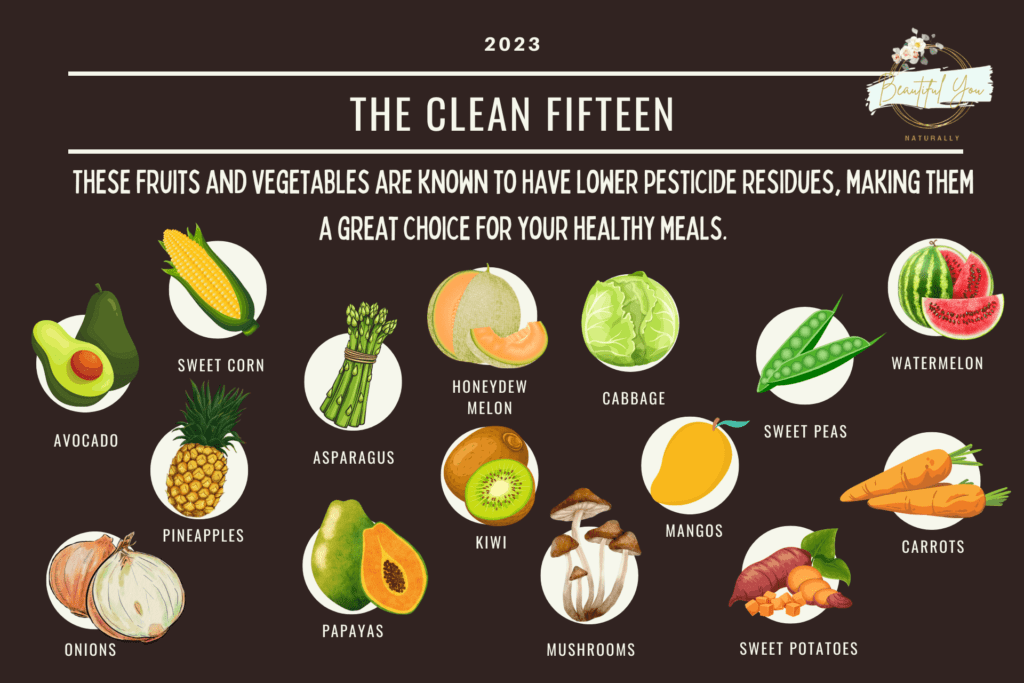
Read food labels.
When shopping for packaged conventional foods, take the time to read labels and be mindful of ingredients. Avoid products that contain GMOs, artificial colors, flavors, preservatives, and unhealthy additives. Look for minimally processed options with recognizable, natural ingredients.
Get a water filter.
Installing a water filter in your home can help remove contaminants like chlorine, heavy metals, and pesticides from your tap water. Look for filters that are certified to meet rigorous standards and effectively remove a wide range of impurities, ensuring cleaner and safer drinking water for you and your family.
Upgrade your bedroom with non-toxic mattresses and bedding.
Your bedroom should be a sanctuary of rest and rejuvenation, free from harmful chemicals. Consider making non-toxic upgrades to promote better sleep and overall well-being.
Traditional mattresses and bedding can contain flame retardants, formaldehyde, and other potentially harmful chemicals. Opt for mattresses and bedding made from organic and natural materials, free from toxic substances.
Look for certifications such as Global Organic Textile Standard (GOTS) or Global Organic Latex Standard (GOLS) to ensure the products meet stringent non-toxic standards.
Use non-toxic intimacy products.
When it comes to sexual health products, choose non-toxic alternatives. Many conventional intimate products, such as lubricants and condoms, may contain chemicals like parabens and synthetic fragrances. Look for products made from natural and organic ingredients to promote intimate health without the risk of toxic exposure to harmful substances.
Purge your bathroom.
The bathroom is another area where harmful chemicals can be lurking. Take steps to replace conventional products like body wash, bar soap, and beauty products with non-toxic brand alternatives for a healthier and safer bathroom environment.
Swap your skincare staples for non-toxic skincare products.
Traditional skincare products can contain a range of toxic ingredients like parabens, phthalates, and synthetic fragrances. Opt for non-toxic skincare products made with natural and organic ingredients to nourish and protect your skin without the potential health risks.
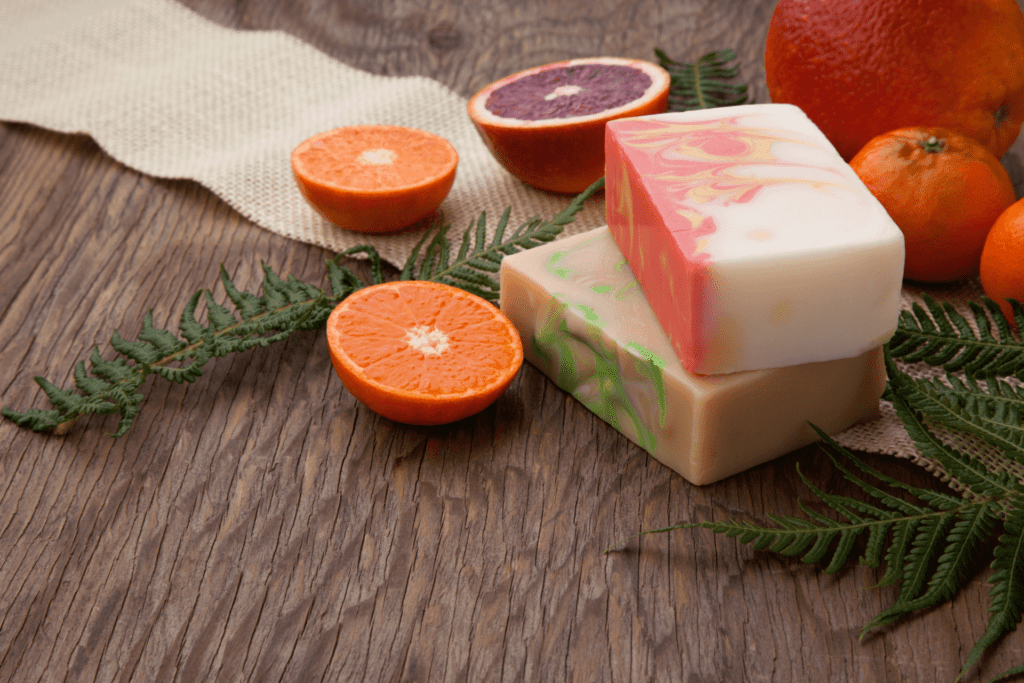
Trade harmful chemical cleaners for natural ingredients.
Many conventional cleaning products contain harsh chemicals that can be detrimental to both your health and the environment. Replace these with non-toxic alternatives that utilize natural ingredients like vinegar, baking soda, and essential oils. These ingredients can effectively clean and disinfect while minimizing your exposure to harmful substances.
Read labels on skincare and hygiene products.
When purchasing skincare and hygiene products, be diligent about reading labels. Avoid ingredients such as triclosan, aluminum compounds, and artificial fragrances. Instead, choose products with transparent labeling, natural ingredients, and certifications from reputable organizations.
Inspecting Labels For Healthier Ingredients
When seeking non-toxic alternatives, it’s helpful to familiarize yourself with ingredients that are safer and healthier for your well-being.
Here are some key ingredients to look for when choosing non-toxic products.
Plant-based ingredients
Look for products that use natural and plant-derived ingredients as their primary components. These can include botanical extracts, essential oils, and fruit or vegetable-based ingredients.
Organic ingredients
Opt for certified organic products, as they are produced without synthetic pesticides, fertilizers, or genetically modified organisms (GMOs). Look for certifications such as:
- USDA Organic
- COSMOS Organic
- Ecocert Organic.
Non-toxic preservatives
Instead of harsh chemical preservatives like parabens or formaldehyde-releasing compounds, choose products that use safer alternatives, such as natural preservatives like tocopherol (vitamin E), or rosemary extract.
Fragrance-free or naturally scented
Synthetic fragrances can contain a blend of undisclosed chemicals. Look for fragrance-free products or natural fragrance sources like essential oils.
Non-toxic cleaning agents
When selecting cleaning products, opt for those that use non-toxic cleaning agents such as plant-based surfactants, citric acid, or vinegar. Avoid products containing chlorine bleach, ammonia, or artificial fragrances.
Mineral-based sunscreens
Instead of chemical sunscreens, choose mineral-based sunscreens containing ingredients like zinc oxide or titanium dioxide. These physical sunscreens offer effective protection without the use of potentially harmful chemicals.
Certified cruelty-free
Look for certified cruelty-free products, indicating they have not been tested on animals. Seek certifications from organizations such as Leaping Bunny or PETA.
Non-Toxic vs. Organic: What’s The Difference?
Organic and non-toxic living are often used interchangeably and tend to go hand in hand. Certified organic products are, by definition, free of many toxins you’re trying to avoid.
Legally, the term “organic” is regulated and defined by government bodies and organizations that set standards and criteria that must be met for a product to be labeled and marketed as organic.
In the United States, the United States Department of Agriculture (USDA) is responsible for establishing and enforcing organic standards through the National Organic Program (NOP). According to the USDA, organic agricultural products are produced using methods that promote ecological balance, conserve biodiversity, and prioritize using natural resources.
Synthetic pesticides, fertilizers, genetically modified organisms (GMOs), and specific processing methods are restricted or prohibited in organic production.
To legally label a product as organic in the United States, it must meet the USDA’s organic standards and undergo certification by an accredited certifying agent. This involves a comprehensive process that includes farm inspections, record-keeping, and compliance with specific production and handling practices.
Products that meet the requirements can display the USDA Organic seal, indicating their organic certification. Incidentally, many organic products are far more non-toxic than their non-organic counterparts.
Greenwashing & Buzzwords
Many companies try to capitalize on the growing demand for non-toxic products without actually doing the work. This is called greenwashing.
Greenwashing refers to the deceptive marketing practices employed by some brands, where they make unsubstantiated claims about the environmental or health benefits of their products.
Companies may use buzzwords like “natural,” “eco-friendly,” or “green” to create the impression of being non-toxic and environmentally conscious. However, these terms are not regulated and can be misleading.
To avoid falling victim to greenwashing, look beyond the surface and dig deeper into the ingredients and certifications of the products you consider purchasing. Look for transparency, third-party certifications, and reputable eco-labels that provide genuine assurance of a product’s non-toxic nature.
Non-Toxic Living Made Easy: We Vet Brands So You Don’t Have To
Although there are studies and experts out there pushing state and federal leaders to do more to protect consumers, ultimately, you can’t depend on them to get things done very quickly. It’s better to take matters into your own hands and become an educated consumer.
At Beautiful You, Naturally we do the hard work of vetting brands for you. You can learn more about what we do here.
Make sure you don’t miss out on any of my favorite products, brands, and informational content I put together to help women like you lead healthier lives—subscribe to our newsletter below!